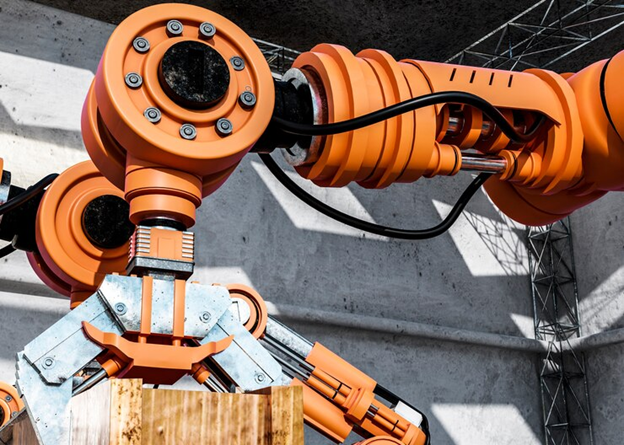Hydraulic benders are essential tools in many industrial settings, valued for their precision and efficiency in bending various materials. To ensure these machines operate smoothly and have a prolonged lifespan, proper maintenance is crucial. Here are some practical tips to maintain your hydraulic benders effectively:
1. Regular Inspections
Regular inspections are the cornerstone of hydraulic bender maintenance. Before each use, inspect the machine for any signs of wear, leaks, or damage. Pay particular attention to hydraulic hoses, fittings, and seals as these are critical components that can affect performance if compromised.
2. Keep It Clean
Maintaining cleanliness is more than just aesthetics; it directly impacts performance. After each use, clean the hydraulic bender thoroughly to remove dust, debris, and any residual material. Use appropriate cleaning agents and ensure all parts are dry before storage to prevent corrosion.
3. Monitor Hydraulic Fluid Levels
Hydraulic fluid is the lifeblood of Hydraulic Benders. Regularly check the fluid levels and quality according to manufacturer specifications. Contaminated or low fluid levels can lead to inefficient operation and potential damage to internal components.
4. Change Hydraulic Fluid Regularly
Scheduled fluid changes are vital for optimal performance. Over time, hydraulic fluid degrades due to heat and contaminants. Follow the manufacturer’s guidelines regarding the frequency of fluid changes to maintain viscosity and lubrication properties essential for smooth operation.
5. Inspect and Replace Filters
Hydraulic systems rely on filters to remove contaminants that can damage internal components. Regularly inspect and replace filters as recommended by the manufacturer. Clogged filters restrict fluid flow, leading to decreased efficiency and potential damage to hydraulic parts.
6. Check Hydraulic Hoses and Fittings
Hydraulic hoses and fittings endure high pressures and constant movement during operation. Inspect hoses for signs of wear, abrasion, or leaks regularly. Replace worn-out hoses and fittings promptly to prevent hydraulic fluid leaks and ensure safety during operation.
7. Lubricate Moving Parts
Proper lubrication reduces friction and wear on moving parts, extending the lifespan of your hydraulic bender. Refer to the manufacturer’s recommendations for the type and frequency of lubrication needed for various components such as pivot points, slides, and bearings.
8. Calibration and Alignment
Ensure that your hydraulic bender remains properly calibrated and aligned to maintain precision in bending operations. Periodically check and adjust settings as necessary to achieve accurate results and prevent premature wear on dies and tooling.
9. Store Properly
When not in use, store hydraulic benders in a clean, dry environment away from extreme temperatures and humidity. Use protective covers to shield the machine from dust and debris that could affect performance and cause unnecessary wear.
10. Train Operators
Well-trained operators are essential for the longevity of hydraulic benders. Ensure operators understand proper operating procedures, including maintenance routines and safety protocols. Regular training updates keep operators informed of best practices and new developments in machine care.
Conclusion
By implementing these maintenance tips, you can significantly prolong the lifespan of your hydraulic benders, ensuring they operate efficiently and reliably for years to come. Regular inspections, proper cleaning, fluid management, and diligent care of components are key to maximizing productivity and minimizing downtime. Invest time and resources in maintenance now to avoid costly repairs and replacements later, ultimately optimizing your business’s productivity and profitability.


